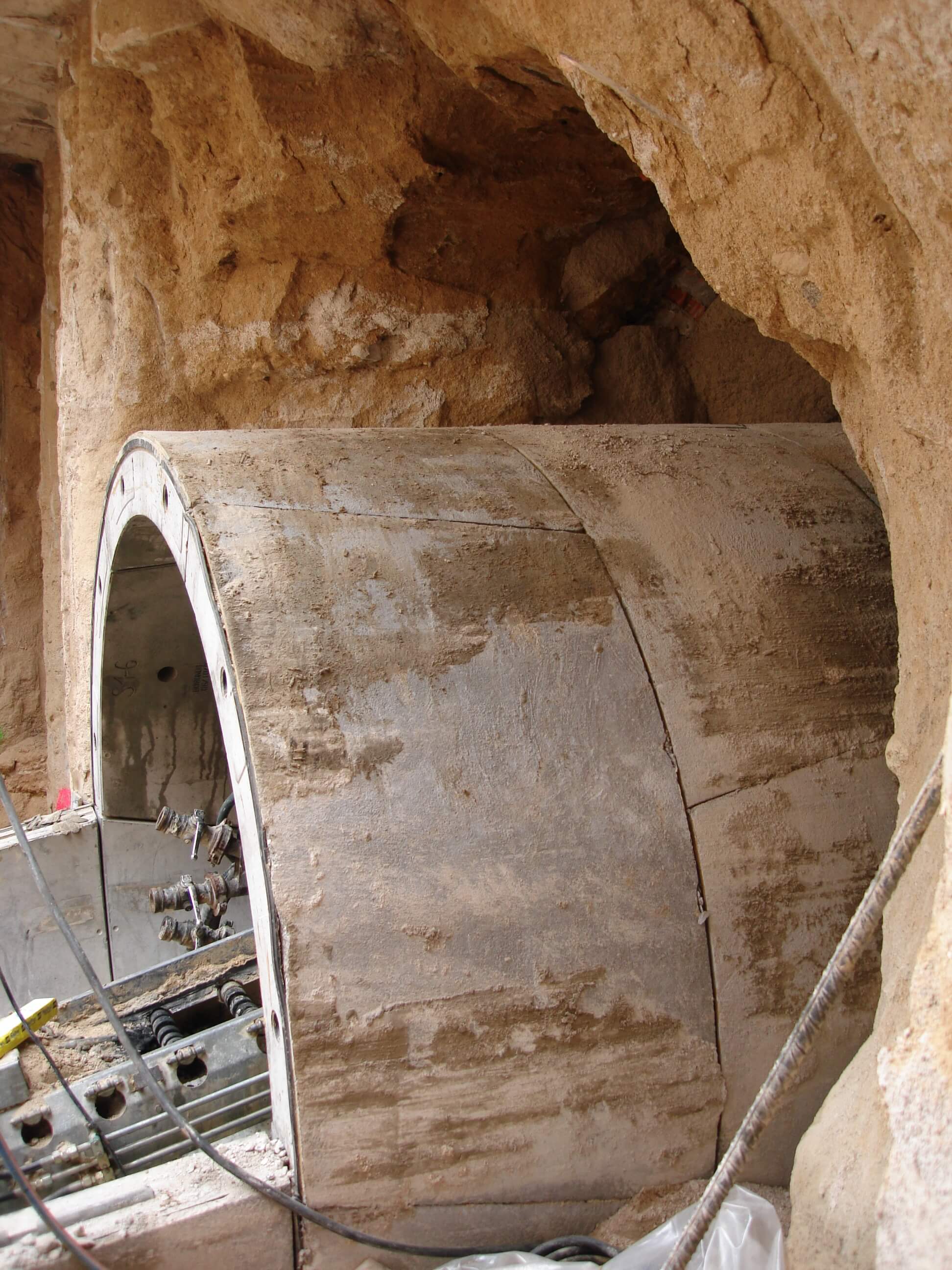
Efficient catchments and returns for aquaculture: challenges and microtunneling solutions
Modern aquaculture - from Mediterranean sea bream hatcheries to huge Atlantic salmon farms - relies on an influx of
Eurohinca (Europea de Hincas Teledirigidas, S.A.), especialista SIN zanja desde 1996 — 14 tuneladoras y >120 km ejecutados.
Ejecutamos cruces de áreas marinas protegidas with microtúnel (MTBM), HDD y Direct Pipe — mínima turbidez, ventanas ambientales, y cumplimiento de permisos (EIA/HRA, Red Natura 2000). Ver también submarine emissaries y captaciones de agua de mar.
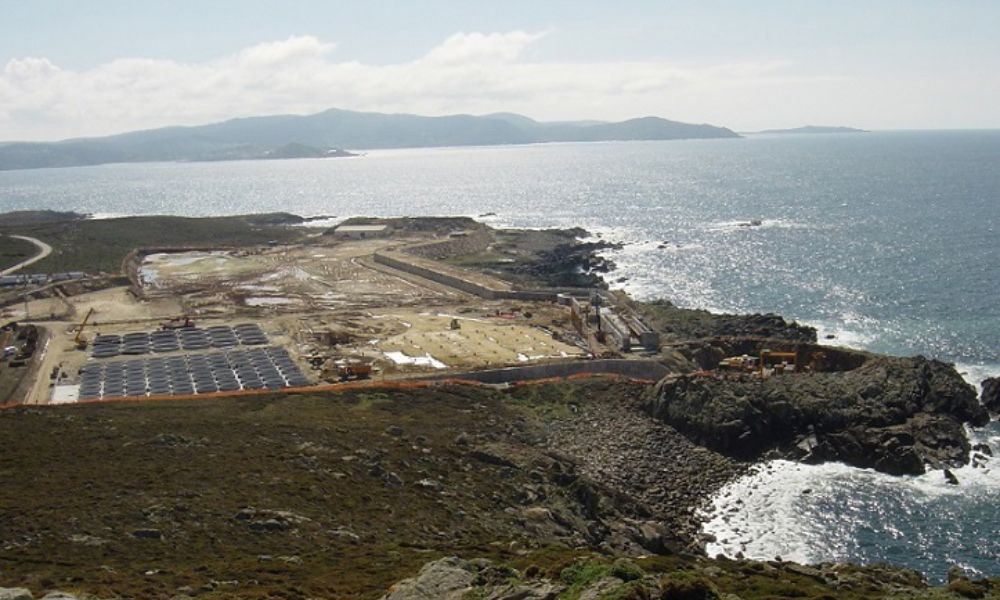
En Eurohinca desarrollamos proyectos de crossing of marine protected areas aplicando soluciones que minimizan el impacto en los ecosistemas. Nuestras técnicas avanzadas, ya probadas en submarine emissaries, captaciones de agua de mar y drainage works, garantizan resultados seguros y sostenibles. Puedes descubrir más sobre casos recientes en nuestra sección de news.
Nuestro equipo aplica prácticas sostenibles en la ejecución de cruces submarinos para preservar la biodiversidad marina y cumplir con normativas internacionales. Empleamos tecnologías como la horizontal directional drilling and the direct pipe para asegurar una instalación precisa y de bajo impacto. Si quieres resolver dudas habituales sobre estos proyectos, visita nuestra sección de frequent questions.
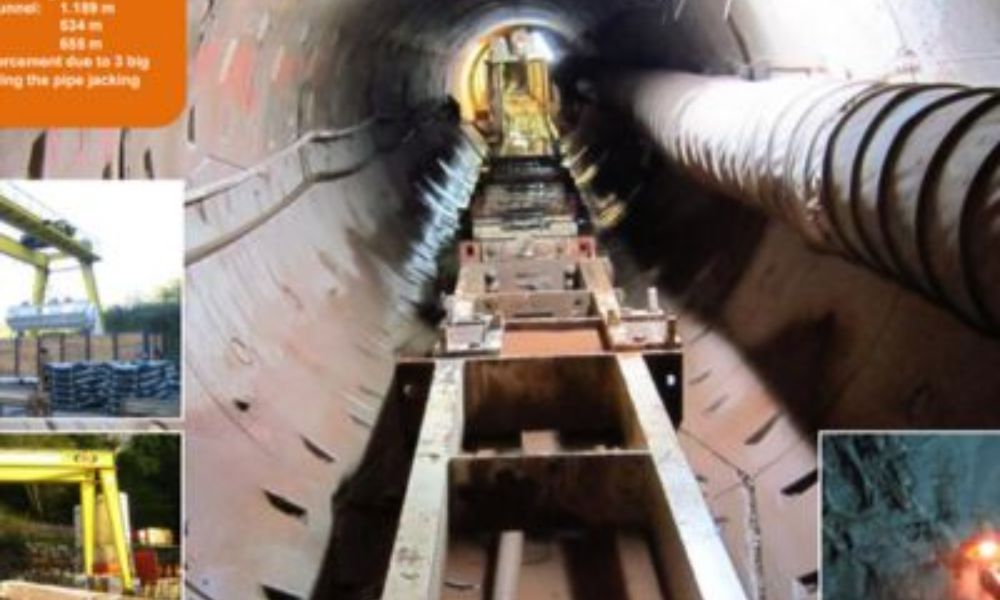
Desde América hasta Asia, hemos ejecutado cruces de áreas marinas protegidas en entornos de alta sensibilidad ambiental. Nuestra experiencia global nos permite ofrecer soluciones seguras, precisas y sostenibles. Descubre más en nuestra sección de obras ejecutadas.
En esta sección compartimos casos reales sobre la aplicación de tecnologías para cruces de áreas marinas protegidas y otras infraestructuras subacuáticas. Consulta nuestras últimas news para conocer proyectos, retos técnicos y soluciones implementadas por Eurohinca.

Modern aquaculture - from Mediterranean sea bream hatcheries to huge Atlantic salmon farms - relies on an influx of
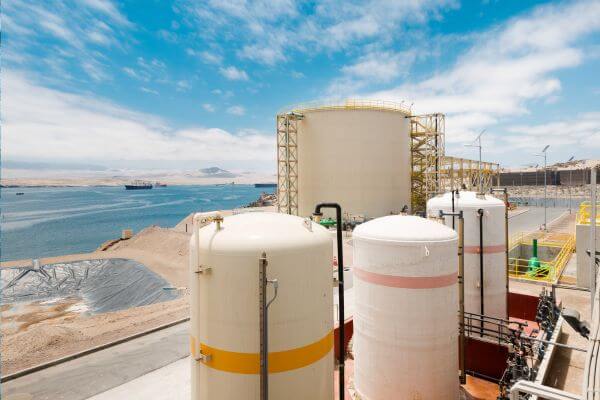
Tunnels play an essential role in water supply and desalination systems, enabling the efficient and efficient transport of water from one place to another.
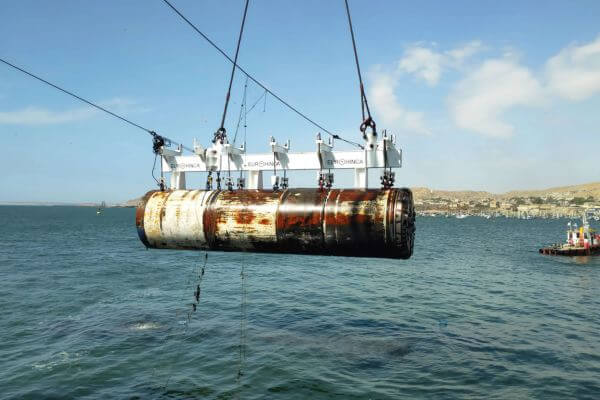
Submarine outfalls are essential infrastructures in effluent management, allowing the discharge of treated water into the open sea.
A continuación resolvemos las preguntas más habituales sobre este tipo de proyectos. Si quieres más información detallada, puedes visitar directamente nuestra sección de frequent questions.
Crossing marine protected areas means carrying out activities such as installing infrastructure or laying pipelines through areas with strict regulations to protect their ecosystem. This requires a careful approach to minimize environmental impact and ensure that conservation standards are respected.
Protecting marine areas is crucial because these areas are home to fragile ecosystems and vulnerable marine species. Altering these habitats can have long-lasting negative effects on biodiversity and ecosystem health, so it is vital to use techniques that minimize environmental impact.
To minimize environmental impact in marine protected area crossings, techniques such as horizontal directional drilling, which avoids direct disturbance of the seabed, and continuous monitoring of the environment are used to adjust operations and prevent damage. Environmental management plans are also implemented to guide actions and ensure ecosystem protection.
Eurohinca ensures compliance with environmental regulations by conducting thorough planning, working closely with the relevant authorities and conducting environmental impact studies. In addition, we obtain the necessary permits and follow rigorous procedures throughout the operation to ensure that the impact on the environment is minimized.
When crossing marine protected areas, you face challenges such as complying with strict regulations, protecting sensitive habitats, and conducting constant monitoring to ensure that operations do not cause damage to the ecosystem. These challenges require a specialized approach and detailed planning to overcome restrictions and protect the environment.
After the crossing, follow-up actions are carried out that include monitoring the residual environmental impact, conducting regular inspections to verify that there is no damage, and preparing compliance reports that document the impact and corrective actions taken, if necessary, to ensure that the environment is adequately restored.